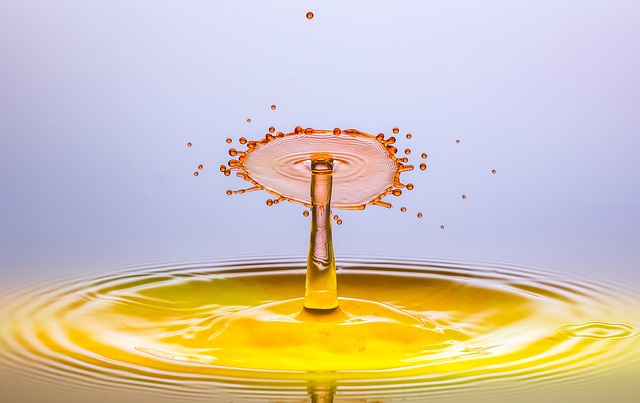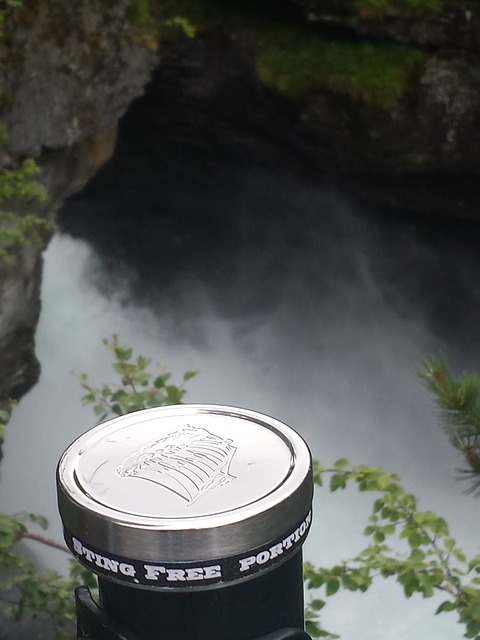In San Antonio, water damage from hidden sources like faulty plumbing, leaking roofs, humidity, poorly maintained appliances, and burst pipes is prevalent. These issues cause structural damage and mold growth, posing health risks. Regular inspections and prompt maintenance are crucial to prevent these problems, saving costs and health complications. Prolonged moisture after floods increases the risk of mold development, requiring immediate remediation involving material removal, drying techniques, and addressing underlying causes to avoid future growth. Understanding and addressing the 5 most common causes of water damage is vital for maintaining a safe home environment in San Antonio.
In San Antonio, home to a vibrant yet bustling metropolis, understanding and addressing flood damage mold remediation is paramount. This article guides you through the critical aspects of managing water damage, focusing on the 5 most common causes of water damage in San Antonio homes. By exploring these sources, we uncover the subsequent growth of mold and offer comprehensive steps for safe and effective remediation, ensuring a healthier home environment post-flooding.
- Uncovering the Top Water Damage Sources in San Antonio Homes
- The Impact of Prolonged Moisture: Understanding Mold Growth
- Comprehensive Mold Remediation Steps for a Safe Home Environment
Uncovering the Top Water Damage Sources in San Antonio Homes

In San Antonio, water damage is a prevalent issue, often stemming from various hidden sources. Uncovering and addressing these causes early is crucial for mold remediation and maintaining a healthy living environment. The 5 most common causes of water damage in San Antonio homes include faulty plumbing, leaking roofs, excessive moisture from humidity, poorly maintained appliances, and burst pipes. These issues can lead to significant structural damage and foster the growth of mold, posing potential health risks to residents.
Regular inspections and prompt maintenance are key to preventing these water-related problems. Homeowners should keep an eye out for signs like persistent water stains on ceilings or walls, dampness in basements or attics, or unusual smells. Addressing minor issues before they escalate can save time, money, and potential health complications associated with prolonged exposure to mold and mildew.
The Impact of Prolonged Moisture: Understanding Mold Growth

The impact of prolonged moisture is a significant concern after a flood, as it sets the stage for mold growth—a common yet insidious issue in San Antonio homes affected by water damage. Mold thrives in damp environments, and the 5 most common causes of water damage in these areas include burst pipes, heavy rainfall events, faulty appliances like water heaters or air conditioners, inadequate drainage systems, and foundation leaks. When water penetrates into homes, it can create pockets of moisture that remain undetected for extended periods, providing an ideal environment for mold spores to flourish.
Unaddressed moisture issues lead to a range of health concerns for residents, from respiratory problems to allergic reactions. Moreover, the presence of mold not only affects indoor air quality but also compromises structural integrity by breaking down materials like drywall and wood over time. Prompt remediation is crucial to mitigate these risks, focusing on removing contaminated materials, implementing effective drying techniques, and addressing any underlying causes of water intrusion to prevent future mold growth in San Antonio homes.
Comprehensive Mold Remediation Steps for a Safe Home Environment

After a flood, addressing mold remediation is crucial for creating a safe and healthy home environment in San Antonio. Understanding the 5 most common causes of water damage—from burst pipes to heavy rainfall—is essential for prevention. These issues can lead to significant mold growth if not promptly addressed.
Comprehensive mold remediation involves several key steps. First, identify and contain the moisture source. Then, carefully remove affected materials, wearing protective gear. Next, thoroughly clean and dry the area, using specialized equipment to ensure complete dehumidification. Finally, apply antimicrobial treatments to inhibit future mold growth before replacing or repairing damaged items. This systematic approach ensures a safe, mold-free home for San Antonio residents.
Flood damage and mold growth are significant issues for San Antonio homeowners, often stemming from the 5 most common causes of water damage. Understanding these sources and their effects is crucial for prompt action and comprehensive mold remediation. By following the outlined steps, you can create a safe and healthy home environment, ensuring that any moisture issues are effectively addressed. Remember, timely intervention is key to preventing long-term damage and maintaining a comfortable living space.
